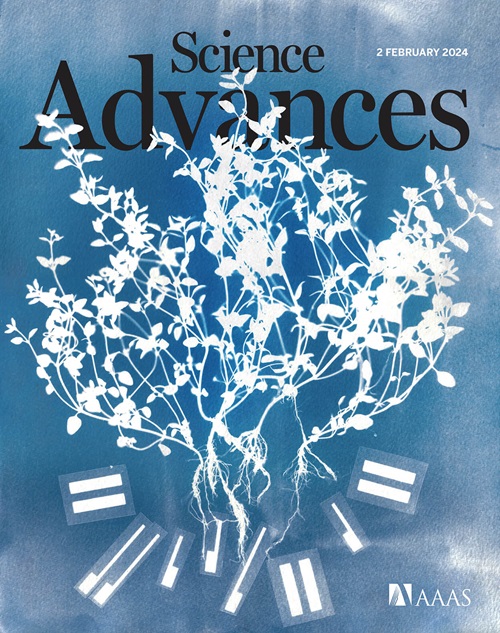Neuroecology of alcohol risk and reward: Methanol boosts pheromones and courtship success in Drosophila melanogaster
IF 11.7
1区 综合性期刊
Q1 MULTIDISCIPLINARY SCIENCES
引用次数: 0
Abstract
Attraction of Drosophila melanogaster toward by-products of alcoholic fermentation, especially ethanol, has been extensively studied. Previous research has provided several interpretations of this attraction, including potential drug abuse, or a self-medicating coping strategy after mate rejection. We posit that the ecologically adaptive value of alcohol attraction has not been fully explored. Here, we assert a simple yet vital biological rationale for this alcohol preference. Flies display attraction to fruits rich in alcohol, specifically ethanol and methanol, where contact results in a rapid amplification of fatty acid–derived pheromones that enhance courtship success. We also identify olfactory sensory neurons that detect these alcohols, where we reveal roles in both attraction and aversion, and show that valence is balanced around alcohol concentration. Moreover, we demonstrate that methanol can be deadly, and adult flies must therefore accurately weigh the trade-off between benefits and costs for exposure within their naturally fermented and alcohol-rich environments.

酒精风险与回报的神经生态学:甲醇提高黑腹果蝇的信息素和求偶成功率
本文章由计算机程序翻译,如有差异,请以英文原文为准。
求助全文
约1分钟内获得全文
求助全文
来源期刊

Science Advances
综合性期刊-综合性期刊
CiteScore
21.40
自引率
1.50%
发文量
1937
审稿时长
29 weeks
期刊介绍:
Science Advances, an open-access journal by AAAS, publishes impactful research in diverse scientific areas. It aims for fair, fast, and expert peer review, providing freely accessible research to readers. Led by distinguished scientists, the journal supports AAAS's mission by extending Science magazine's capacity to identify and promote significant advances. Evolving digital publishing technologies play a crucial role in advancing AAAS's global mission for science communication and benefitting humankind.
 求助内容:
求助内容: 应助结果提醒方式:
应助结果提醒方式:


